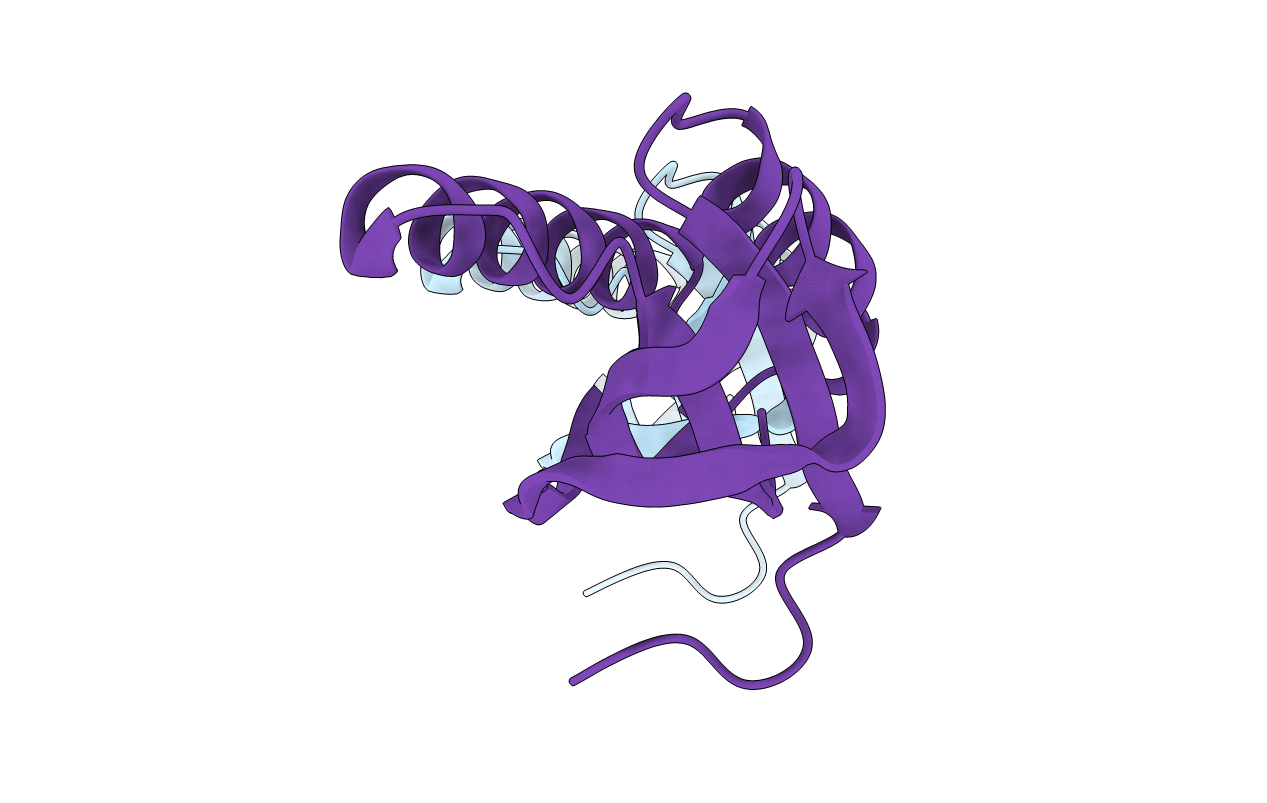
Deposition Date
1999-08-08
Release Date
2000-09-08
Last Version Date
2024-02-07
Entry Detail
PDB ID:
1CQM
Keywords:
Title:
PROTEIN AGGREGATION AND ALZHEIMER'S DISEASE: CRYSTALLOGRAPHIC ANALYSIS OF THE PHENOMENON. ENGINEERED VERSION OF THE RIBOSOMAL PROTEIN S6 USED AS A STABLE SCAFFOLD TO STUDY OLIGOMERIZATION.
Biological Source:
Source Organism:
Thermus thermophilus (Taxon ID: 274)
Host Organism:
Method Details:
Experimental Method:
Resolution:
1.65 Å
R-Value Free:
0.25
R-Value Work:
0.24
R-Value Observed:
0.24
Space Group:
C 2 2 21


